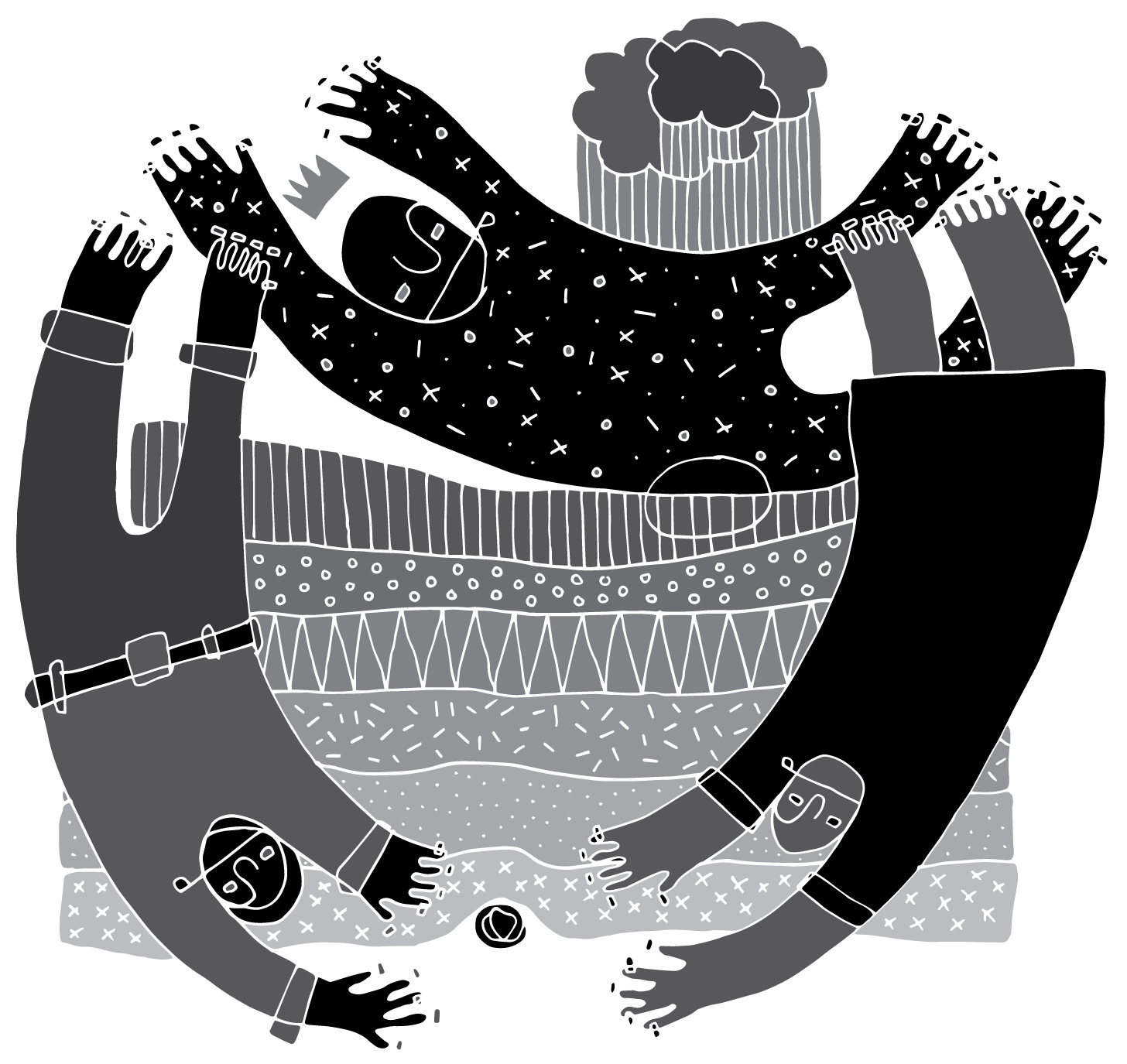
Editor's Note: This is part two of a two-part series. The first essay focused on the intersection of customer empathy and equity. This essay focuses on the intersection of customer empathy and book publishing.
Last year I was privileged to sit in the classroom of Yale professor, Barry Nalebuff. Barry founded Honest Tea, a company that he sold to Coca-Cola for more than 80 million dollars. During class he reframed the story of The Princess and the Pea. He said the moral of the story is: Find the peas. Every irritant, no matter how tiny, is an opportunity to develop a valuable solution. For example, Barry was irritated because he couldn't find an unsweetened bottled tea. I left his class persuaded that product development must begin with the customer. It felt like a straightforward idea. Until I began trying to wrap my head around how it fit into book design.
In book publishing, for well over 500 years, an editor’s vision, rather than a customer's needs, has been the impetus for publishing a book. That story is responsible for the image of an editor as a gatekeeper. But if you look closer, you’ll find that most editors know their readers inside and out. So, too, authors are often chosen because of a preexisting connection to an audience. In the publishing equation, you could argue that both editors and authors are agents of customer empathy. And that’s just traditional book publishing.
In the digital era new human-centered publishing models abound. Inkshares leverages its online-community to up-vote manuscripts. Leanpub allows authors to publish their books early—and then refine them with reader feedback. And there’s the gatekeeper-thwarting spike in savvy self-publishing sparked by Blurb, Lulu, and Amazon.
Switching gears from content to form, we find that every book is the fossil record of customer irritants solved long ago. Pages were first bound to solve the impracticality of reading scrolls. The octavo trim made reading portable and private. E-books allowed whole libraries to be held. We could continue to list examples all day. Whether the publishing model is old or new, whether we look at form or content, books are human-centered at their core.
Unsurprisingly, the best book designers tend to be avid readers, which could be framed as an introspective form of customer empathy. But human-centered design is about immersing in your customer’s experience—your reader’s experience. That’s different than your experience of reading. Only being an avid reader falls short of customer immersion. A book designer’s work primarily focuses on the author, editor, and book—the reader typically receives tangential attention. What would happen if book designers went further and immersed in their readers’ lives? I decided to find out.
One of my imprints publishes books by thought leaders in literacy instruction. Our readers are teachers who teach students how to love reading books (yes, very meta). So, I began volunteering in the same 4th grade classroom for one full day each month. I didn't conduct interviews, collect data, or keep a journal. I simply made an effort to be present with a mind towards spotting the teacher’s "peas." Tiny things, like how the gnawing sound of an electric pencil sharpener distracts students. And how the ubiquitous spiral binding on a grading book turns the ruler that tracks a student’s row across the spread into an irritating seesaw. Immersing in the teacher’s experience also brought me face-to-face with my customer’s customer—children. During one independent reading session, I noticed a girl who had cast her book aside with a frown. I asked why. She said it lacked drama. I began dramatically presenting alternate titles. She frowned harder. The period ended. I was struck by a very plain fact: you can’t force someone to read.
My classroom experiences didn't uncover any 80 million dollar ideas, although if I ever have the opportunity to design a teacher’s grading book, I will lobby for lay-flat binding—or, better yet, an app. Looking at the world through my customer’s eyes did, however, change the way I view my job. Back in the office discussions about “the customer” were no longer abstract. I now felt a responsibility to advocate for the teachers and students I had met. The act of immersing in my customer’s experience suddenly felt as fundamental to my charge as the act of kerning.
You don't need the letters U and X in your job title to adopt a customer-needs perspective. All designers, no matter their level, should count fostering customer empathy in themselves and others as a baseline job requirement—doubly so if you work in book publishing where human-centered design is seldom discussed. Invest energy into spotting your readers’ peas. Internalize their perspective. Champion their needs. I can’t promise it will make you rich, but it will imbue your work with a greater sense of service and purpose.
